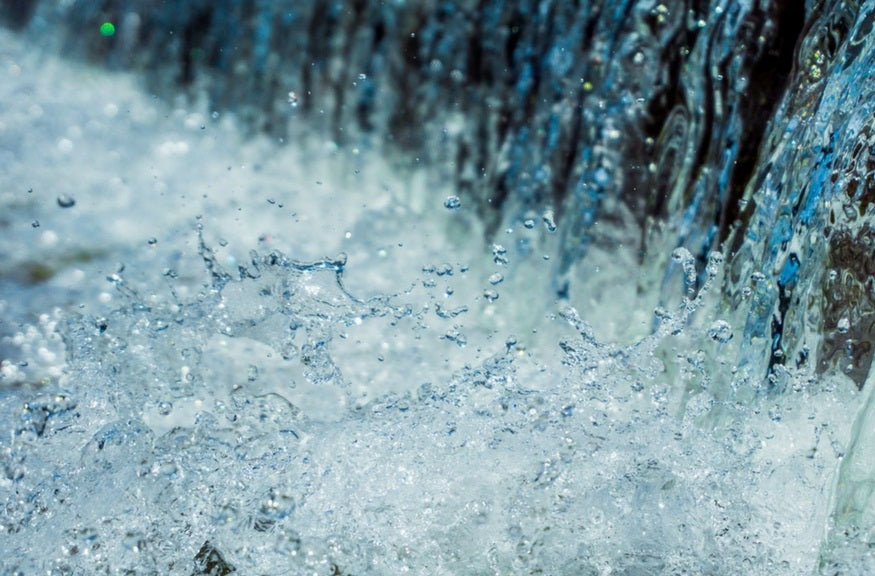
- Sep 25, 2017
- 0 comments
- by April Muir
Potable Water: 5 Common Hurricane Recovery Concerns -
According to the Miami Herald, Florida public health officials issued 48 mandatory boil notices in the wake of Hurricane Irma. Hurricanes and other disasters damage pipes and sewer lines. Cities and neighborhoods can experience water crises for weeks (and even months) after major calamities. Check your state’s public health website for community-specific boil water notices (and end dates).
1) How Important Is Potable Water?
In survival situations, few factors matter more than clean, safe water. On average, you can survive three minutes in an air-tight room. You can live for three hours without proper shelter from the elements. You can make it roughly three days without drinkable water and three weeks in a food shortage.
Though you can certainly die of thirst, you can also die (or feel so bad you wish you had) from water-borne bacteria and viruses. Storing and filtering potable water can make the difference between life and death in emergency situations.
Most importantly, do not use tap water for these purposes in a disaster:
• Drinking Water
• Making Ice Cubes
• Brushing Your Teeth
• Cooking and Food Preparation
• Making Drinks
• Dishwashing
• Taking Showers
If you and your loved ones ingest even small quantities of unsafe water, you could suffer disease, diarrhea, dehydration, and even death. Protect your family with the right potable water knowledge and equipment.
2) How to Disinfect Potable Water
Of course, you don’t need to disinfect potable (drinkable) water. However, you certainly want to disinfect/sterilize water to make it potable. “Potable” is an unfamiliar word to some, but the concept it represents could save your life. To avoid danger and discomfort, follow the EPA’s guidelines for emergency water disinfection.
3) How to Find Potable Water
First, use stored water such as bottled water. Savvy preppers often store large quantities of water in BPA-free containers. Use Sagan’s AquaDrum Water Filtration System to filter and pump water from your 55-gallon water storage drums.
Next, rely on boiled tap water. Before use, hold it at a rolling boil for at least one minute. (At high altitudes, boil tap water for three minutes.) Add a pinch of salt to your boiled water to improve its taste.
4) How to Collect Potable Water
Find (and filter) the water sources in and around your home. Melt ice cubes and drink the liquid in safely-stored (and unexpired) canned food products. If safe to do so, drain your pipes and hot water tanks. Use outdoor water from lakes and streams if it is flowing (not stagnant). All water-treatment methods work less well on cloudy and discolored water than on water drawn from clear and flowing sources. Though you can let cloudy water settle before filtering, do your best to avoid murky and turbid (gross-looking) water.
You may plan to rely on your private well water to get you and yours through a disaster. However, certain disasters can contaminate wells. Have your well inspected and tested after a catastrophe; you may need to have it decontaminated, as well. Until then, rely on filtered stored water and use filtered well/ground water as a last resort.
5) How to Save Potable Water
In addition to the AquaDrum 55-gallon pump/filter, Sagan offers the convenient AquaBrick Water Filtration System. This water safety solution includes stack-able 3-gallon units that filter half-a-gallon of water per minute. Feel confident in your family’s water safety at home and on the road with our complete line of independently-tested water filtration options.
From ultra-portable backpacking filters to massive home systems, you can trust Sagan to keep you safe, no matter what comes your way!

